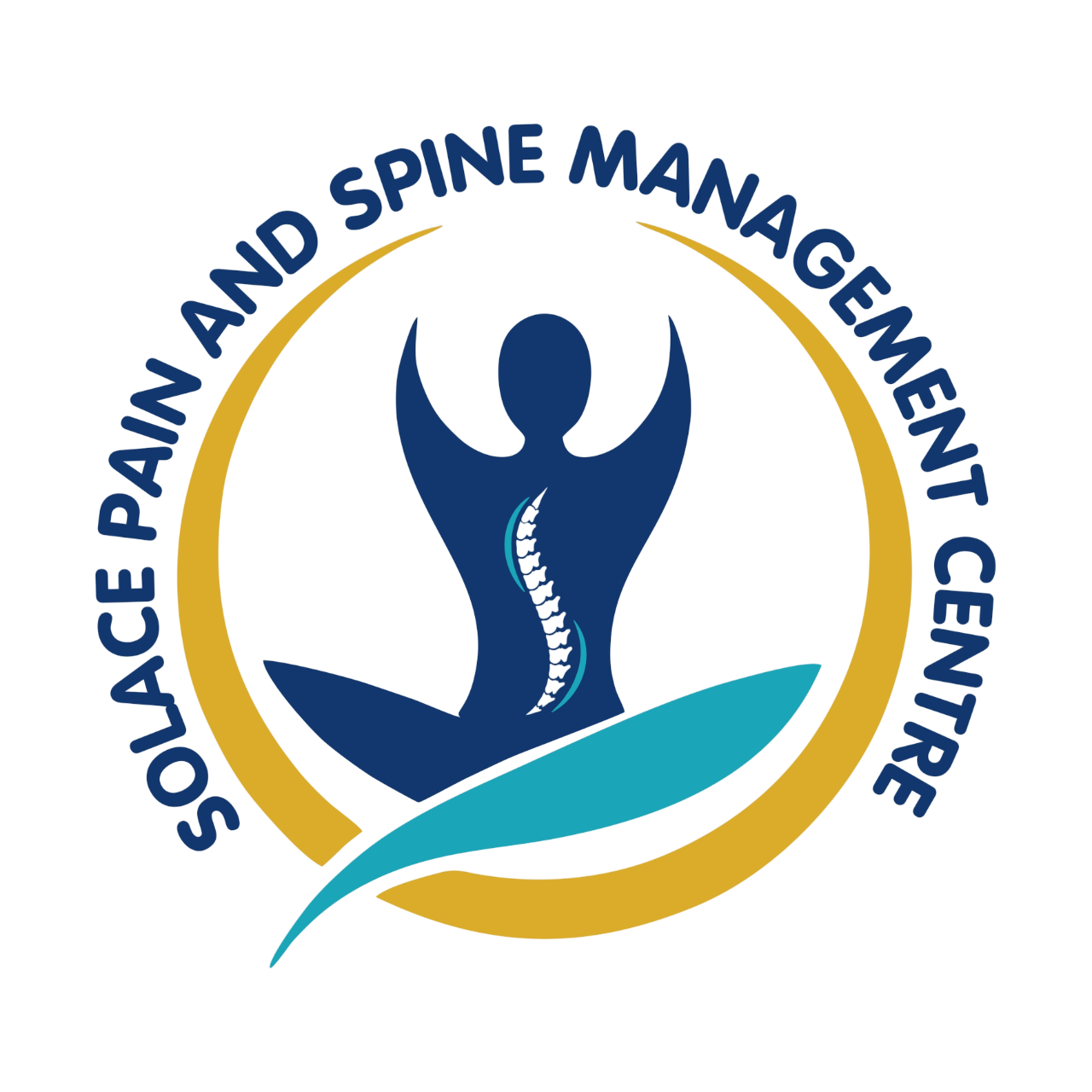Anyone engaging in sports knows how unfortunate an injury can be for your favorite game. Sports enthusiasts, gym bunnies, weekend warriors, or professional athletes, no matter who you are, getting injured is always a possibility. A simple wrong move, an awkward landing, or even overworking yourself can result in an injury that could put you out of the field for months at a stretch.
The silver lining is that most sports injuries can be treated successfully, and with the proper pain management, you can – once again – pursue what you love doing. Let’s break down some of the more common injuries that occur with sports and how they can be treated.
Common Sports Injuries & How to Manage Them?
1. Sprains and Strains
Sprains happen when ligaments, which are bands of connective tissue that join bones together, is stretched too far or torn. Whereas, strains relate to muscles or tendons being overstretched or torn. Both of these styles of injury can happen instantly, such as rolling your ankle when running, or progressively over time due to mechanical repetition.
Most mild sprains and strains heal within a few weeks but the more severe cases tend to need some physical therapy.
2. Fractures (Broken Bones)
Fractures can stem from receiving a heavy blow, a rough fall or simply overexerting oneself in activities such as skiing or playing football and basketball. This has to be one of the most painful injuries given the immense pain, swelling, in some cases even a bulge visible from the skin.
Pain Management:
- All fractures need some sort of a splint or brace in order for the injured area to stay immobile.
- Alongside some anti-inflammatory or pain relief medicine.
- In extreme cases, if the break is too disfigured, it may need surgery to get the bone back in place.
- Once the bone starts wearing, therapy will become an important part of the healing process to help regain movement and strength.
3. Dislocations
Dislocations usually happen because of a blow to the joint where a bone goes on top of another bone. This injury is prevalent in rugby, wrestling, boxing, or football. Shoulders tend to get dislocated the most.
Pain Management:
- The doctor will wait for pain to reduce before relocating the joints as this will be quite painful.
- Sore muscles and joints can recover a bit faster with some cold treatment.
- Persuading the area post break as these muscles put a lot of tension on the shoulder which reduces further dislocations.
4. Tendonitis (Overuse Injuries)
Tendonitis occurs when a tendon (which connects muscle to bone) becomes inflamed due to overuse. This is common in sports like tennis and running, or baseball which have repetitive motion as in case of tennis elbow or pitcher’s shoulder. The most common form of tendonitis is tennis elbow and Achilles tendonitis.
Pain Management:
- Rest and activity modification to reduce stress on the tendon.
- Ice therapy to ease inflammation. Stretching and strengthening exercises instructed by a derssed physical therapist.
- Corticosteroid injections or regenerative treatments can be considered like PRP (platelet rich plasma) therapy in more advanced cases.
5. Knee Injuries (ACL Tears, Meniscus Tears, Patellar Pain)
Along with ankles, knees are the most commonly injured regions during sporting activities. Too vigorous training can lead to overuse injuries. Along with muscle overuse, sudden stops and twisting or direct/forward hits can injure your knee. This may result in pain and injury to your knee such as ACL (anterior cruciate ligament) and meniscus (cartilage) tears and patellar pain (runner’s knee).
Pain Management:
- R.I.C.E. (Rest, Ice, Compression, Elevation) helps with swelling of the knee region.
- Some support like braces may help medically to enable mobility.
- Physio rehabilitation will enable muscles around the knee joint to efficiently be cultivated.
- An operation is an option for those who sustain severed ACL or meniscus tears.
6. Shin Splints
Shin splints are a typical problem for runners as well as for athletes who engage in frequent jump-training. The condition is characterized by pain along the shinbone, which results from inflammation of the muscles, tendons, and bone tissue adjacent to it.
Pain Management
- Taking a break and taking ease from highly intense exercises could stop the situation from getting worse.
- Swelling can be treated with ice therapy.
- Improved footwear or custom-made insoles can also remedy the faulty mechanics of the foot.
- Stretching and strengthening exercises can reduce the chances of recurrence.
When Should You See a Doctor?
Most sports injuries will heal given some rest and basic care routine, but some can require further intervention. It is advisable to consult a doctor if you:
- Sustain immense pain, swelling, bruising which does not ameliorate.
- Experience inability to bear weight on the injured body part.
- Feel that the joint becomes loose and idle or the joint appears to have changed its shape.
- Experience pain for some number of weeks with no changes while taking care of yourself at home.
Final Thoughts
Like any other injuries sports injuries can be annoying, but with timely care and motivation they need not hold you back forever. Softer injuries need rapid action, moderate pain, follow steps in your rehabilitation plan. A sports medicine expert or pain management doctor can help you if you suffer from chronic aches or sustained injuries in less time than expected while also eliminating chances of re-injury.
The most enjoyable way to engage in sports is without pain, so stay active, stay safe, and listen to your body.

